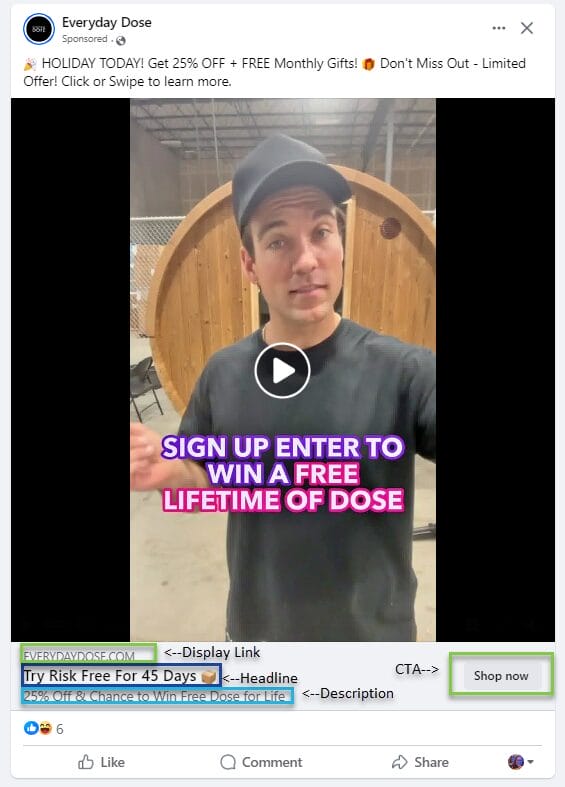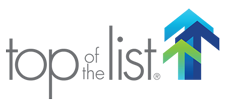Social Media Marketing FAQ
No! While we hope businesses have already been building their social media audience, we’re happy to help you take this first necessary step.
This will depend on your audience. We believe all businesses should have a Facebook page, as that’s the most wide-reaching social media platform. (According to Statista, 37% of the global population as of 2024!) If you’re a B2B, we also recommend LinkedIn.
If you’re B2C or ecommerce site, Instagram is recommended. Twitter (now X), TikTok, Pinterest, Snapchat, and other platforms may be valuable depending on your business, audience, and the amount of resources you want to dedicate to social media.
Not necessarily. Just like search engines, social media has organic and paid options for marketing your business. On social media, regular posting of content, having a business page, and using built-in features are all free and considered organic. Boosting posts, running Advertising Campaigns, and other added features (particularly on LinkedIn) will involve a cost from the platform.
A post displays on the Facebook page of your business. It also displays in the feed of some of the people who have liked or followed your Facebook page. Various sources across the web say that the reach of a typical Facebook post is between 2% and 6% of the people who follow your page. Some of the things that impact this is how quickly people engage with the post, and the rate of engagement.
A boosted post is advertising a post to a wider audience – wider than the 2-6% of followers you typically reach. You can target people by location, interests, life events, etc. This is a paid feature. You can set it to spend as little as $1 per day, and to run for anywhere from 1 to 364 days.
A boosted post is advertising an existing Facebook post to a wider audience. With boosted posts, audience targeting options are fairly limited, but sufficient for the majority of small businesses.
An ad is created as a separate entity from a post. It does not display on your Facebook page like a post does. Instead, it is targeted only to a set audience. Ads can be created in Facebook’s Ad Center, or in Ads Manager for users who have Business Accounts set up via the Meta Business Suite.
Ads give advertisers the ability to control the majority of elements in the ad itself. A basic Facebook post contains an image and primary text above the image. With an ad, you can also control the following elements:
- Display URL
- Headline
- Description
- Call to Action (CTA)

Also worth noting, the ability to control the display URL means advertisers are able to add tracking code to URLs without the link looking long and ugly to the viewer, like it would in a boosted post. This allows the advertiser to track the performance of ads within their own analytics platform, without negatively impacting the ad experience.
There is another type of ad available on Facebook, which is one that is created within Ad Manager. Ad Manager is separate from the Ad Center that’s available to all business pages. There are even more added layers of control when using Ad Manager, including advanced targeting, tracking, and budget options. Ad Manager is only recommended for experts.




